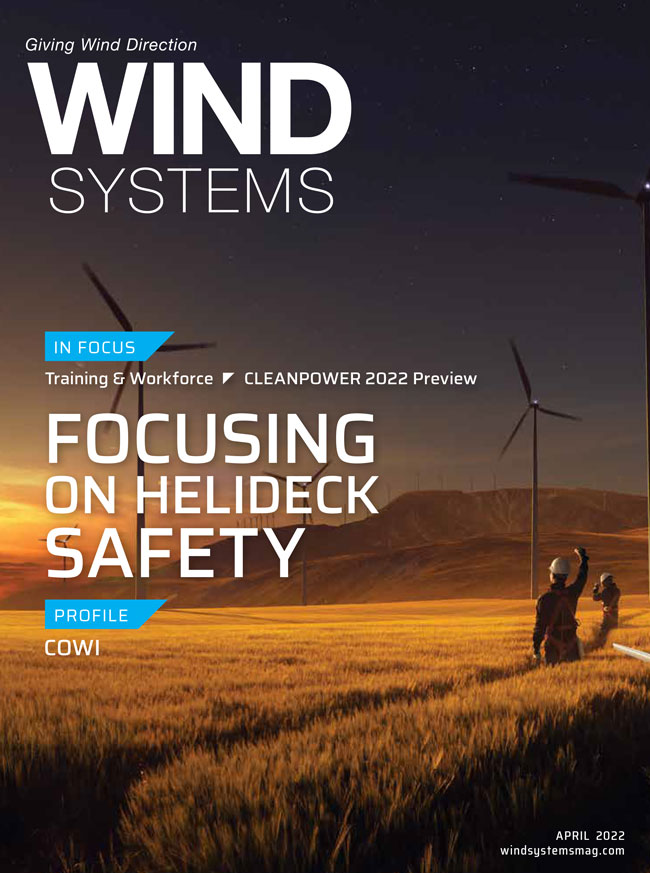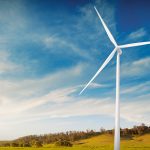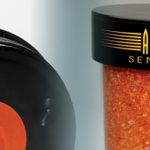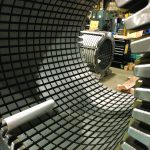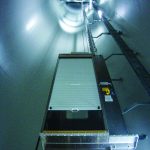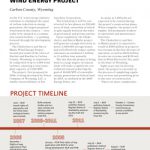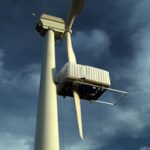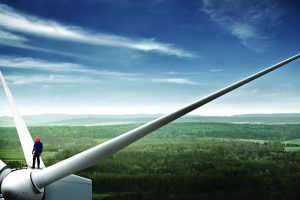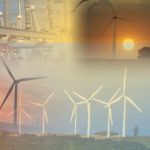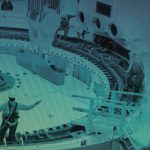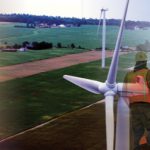With a depth of consulting knowledge that spans decades and a dedication to a sustainable future, it becomes easy to see how COWI is making a name for itself in the construction of wind farms, both offshore and on.
COWI, an acronym made up of the initials of the company’s founders, has been at the forefront of designing megastructures that include suspension bridges and other massive steel structures and recently entered the renewables sector designing wind farms that just keep getting bigger and bigger. That growing complexity is just one part of what makes the experts at COWI ideal for designing the future of renewable energy in the U.S. and Europe.
“We got involved because of our experience; even though in the U.S., there are a lot of European developers coming in, and with them comes a lot of people experienced with how to actually do a design,” said Thomas Dahlgren, president of COWI in North America. “It’s important when you do these designs to know that innovation, of course, is very important, but it’s also a matter of making it — how can you say — profitable. We are operating here in the U.S., plus we have international experience.”
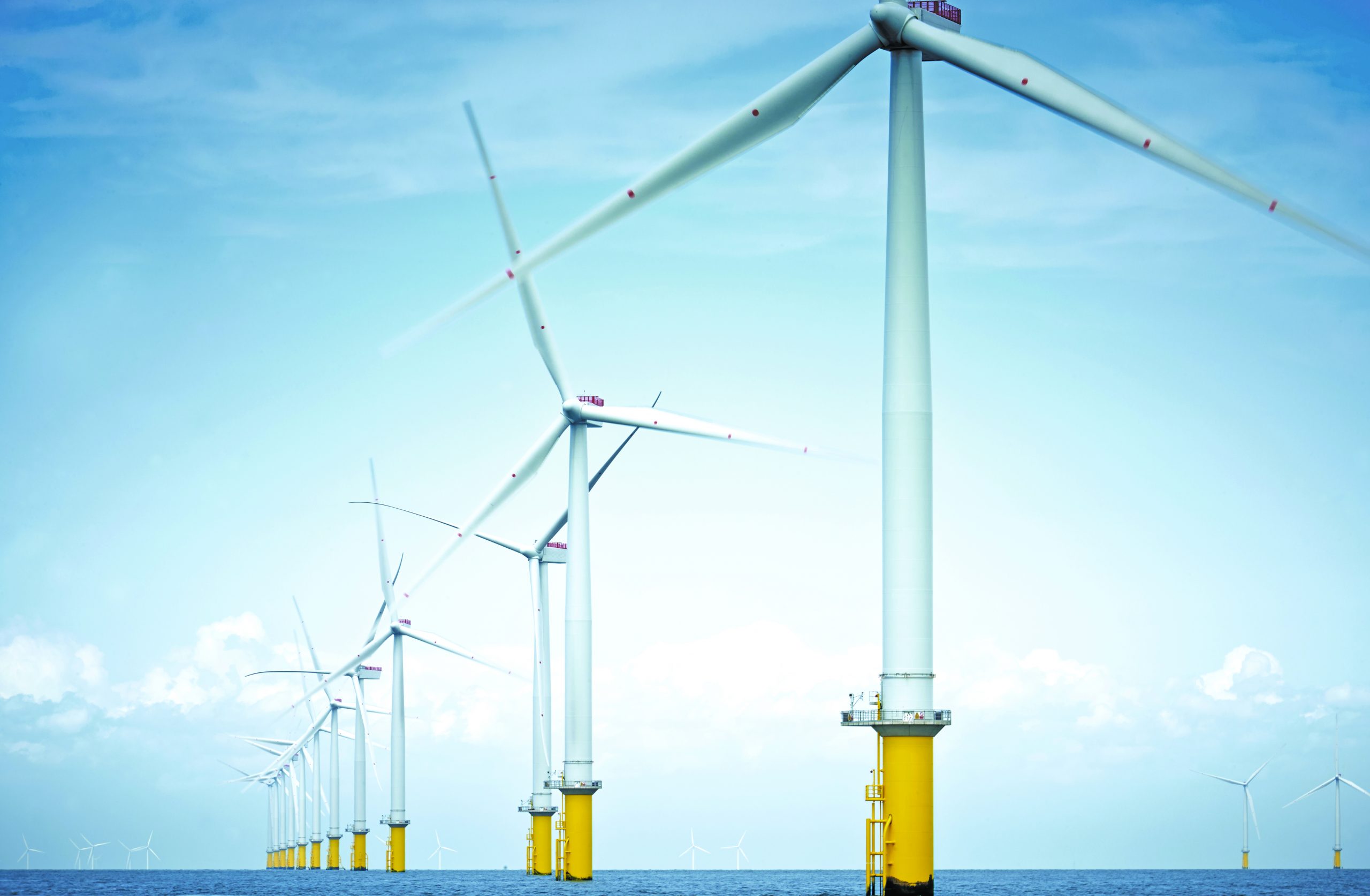
Empire Wind Project
Most recently, that experience landed COWI with the challenge of engineering the Empire Wind project for Equinor, its largest offshore wind-engineering contract in the U.S. to date. Empire Wind is a joint venture between Equinor and bp that will see COWI deliver a turnkey design for the wind-turbine foundations for the Empire Wind 1 and 2 projects.
Once complete, the project will deliver more than 2 GW of renewable power and is expected to play a major role in meeting New York’s goal of reaching 70 percent renewable energy by 2030. And even though the Empire project will come after Vineyard Wind 1 and South Fork, it will be designed before these first projects become operational, according to Greg Matzat, market director of Offshore Wind & Renewables at COWI.
“It is one of the first projects in the U.S.,” he said. “And although it’s technically not the first U.S. project, since the first project hasn’t been completed yet, the learning experiences from earlier projects in the U.S. don’t exist yet. We’re still doing this project as if it were a first project in the U.S. By the time that the lessons learned from the first project come in, all the decisions will be made on this one. So, it’s effectively also a first project.”
Facing Challenges
Even with COWI’s experience with offshore projects in various industries, the process of getting an offshore wind farm in U.S waters presents numerous challenges, according to Matzat.
“The approval process in this country — working with BOEM and getting all the plans reviewed and approved — is something that’s new and different,” he said. “Another thing that’s new for U.S. projects, not for U.S. engineering projects — but for offshore wind, is that all of the work has to be reviewed and stamped by U.S. professional engineers. That’s a BOEM requirement. For COWI and its work in the U.S. on bridges and tunnels, it’s standard that professional engineers are involved in the projects and sign off on everything. That’s new for offshore wind. It’s not a hard thing to do, but different, and it adds another level. But for us, it’s relatively easy because we already had a big U.S. presence and a lot of U.S. professional engineers to put this in place. For us, it’s not a hard lift; it’s just new processes.”
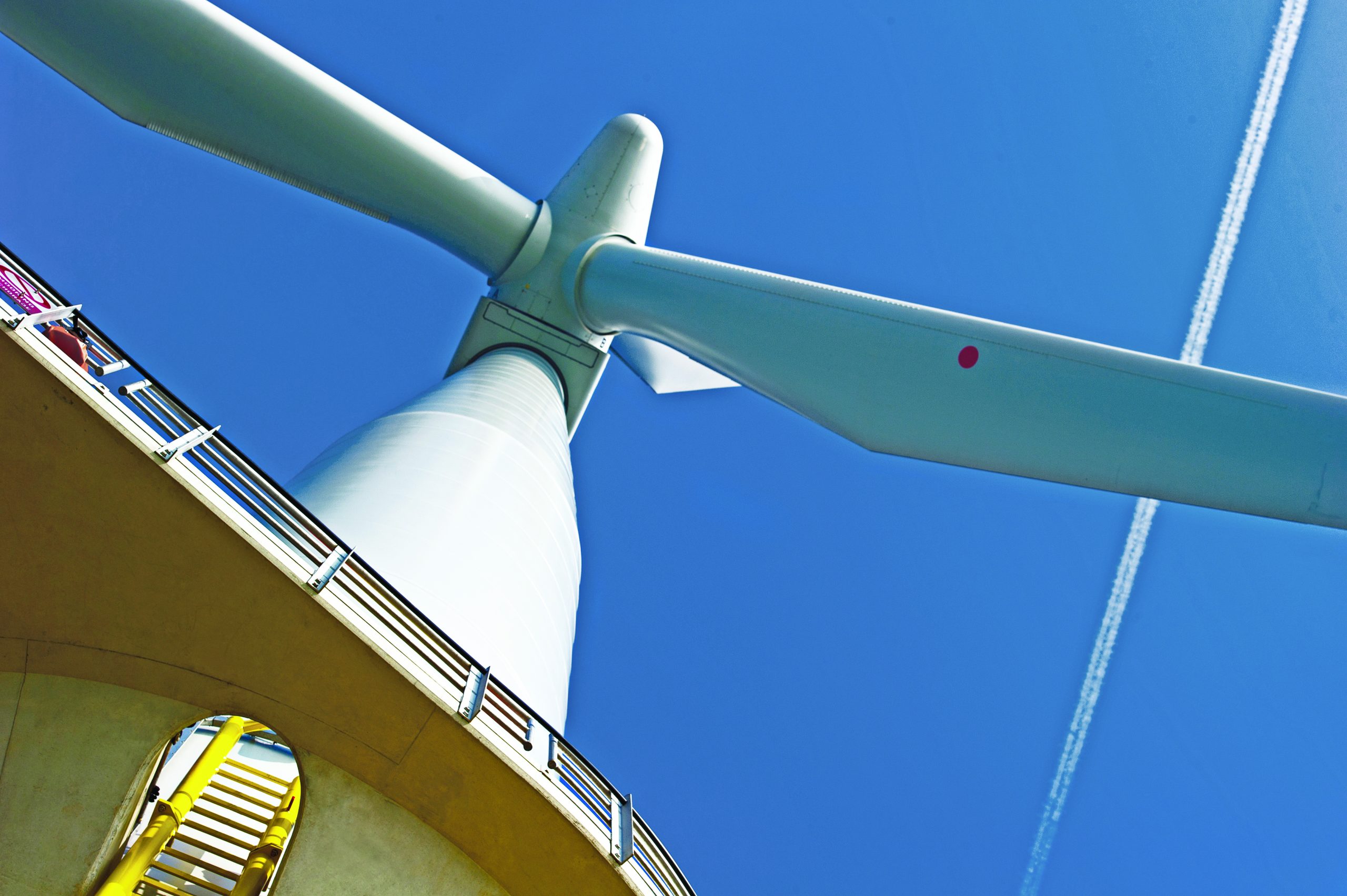
Dahlgren added that COWI’s experience has been able to complement the growing renewables sector in the U.S.
“I think the product that’s put out in the water is actually something we’ve done many times,” he said. “It’s more getting it executed in an industry that is still maturing.”
Past Experience
COWI’s decades of expertise with non-wind-related projects has enabled the company to move through challenges created by the renewables sector, according to Dahlgren.
“We’ve certainly gotten smarter, but I think what happens in any industry is you get a much more comprehensive understanding of the full value chain,” he said. “That’s not just the design of our foundations, but a much broader understanding of the pre-planning, the impacts it has, and so on. We have certainly developed along with the industry, including the size of our projects, coming from the small, up to this 2-GW one, which is a massive size. The first one we did was maybe 30 MW, so this is a huge difference. We also developed for the wind market tools that we can see are being needed in order to actually do these things. It’s not like you could just take a book off the shelf and say, ‘OK, this is how to design an offshore wind farm.’”
There are, of course, similarities to other offshore structures, but Dahlgren emphasized that those similarities are just the starting point to a project.
“You might have an oil and gas platform, but it certainly doesn’t have a big, huge turbine turning around on top of it,” he said. “And with gas platforms, you’re only using one, whereas with a wind farm, it could be 200 or more. We have certainly developed with that experience, and that’s some of the things we can offer to clients now.”
Constant Improvements
To that end, COWI is constantly improving its tools and methodologies, according to Matzat.
“We’re always looking to do it better and taking the knowledge from all the projects we’ve done, particularly with respect to fabrication, to optimize the designs for fabrication in order to minimize costs, minimize risk, and find that right balance between those two things,” he said.
In order to continue ensuring its clients get the highest quality COWI has to offer, Dahlgren said it all begins with the company’s vision to shape a sustainable and livable world. Those values take the shape of what COWI’s president describes as the five Cs: co-create, care, curiosity, commitment, and courage.
“We co-create; that’s one of the five Cs, and by co-create, I mean it’s not us; we work together on this thing,” he said. “We also have one that says we care. We can of course apply that to the company, but also our clients. Also, we are curious. We look for new avenues and new solutions. We also have one called commitment, so we stay the course. The last one, courageous, means that we also have the courage to say, ‘Hey, stop… maybe we need to do this another way.’”
COWI uses that simple philosophy as it tackles the growing wind industry, according to Dahlgren.
“If you take offshore wind, you can say certainly some of the value we bring is creating a balancing act,” he said. “Bringing down cost is always what we want to do normally, but we have to balance that with the risks and actually make something that is constructible and also profitable. Being able to understand the whole chain of events is something we certainly bring to the wind market.”
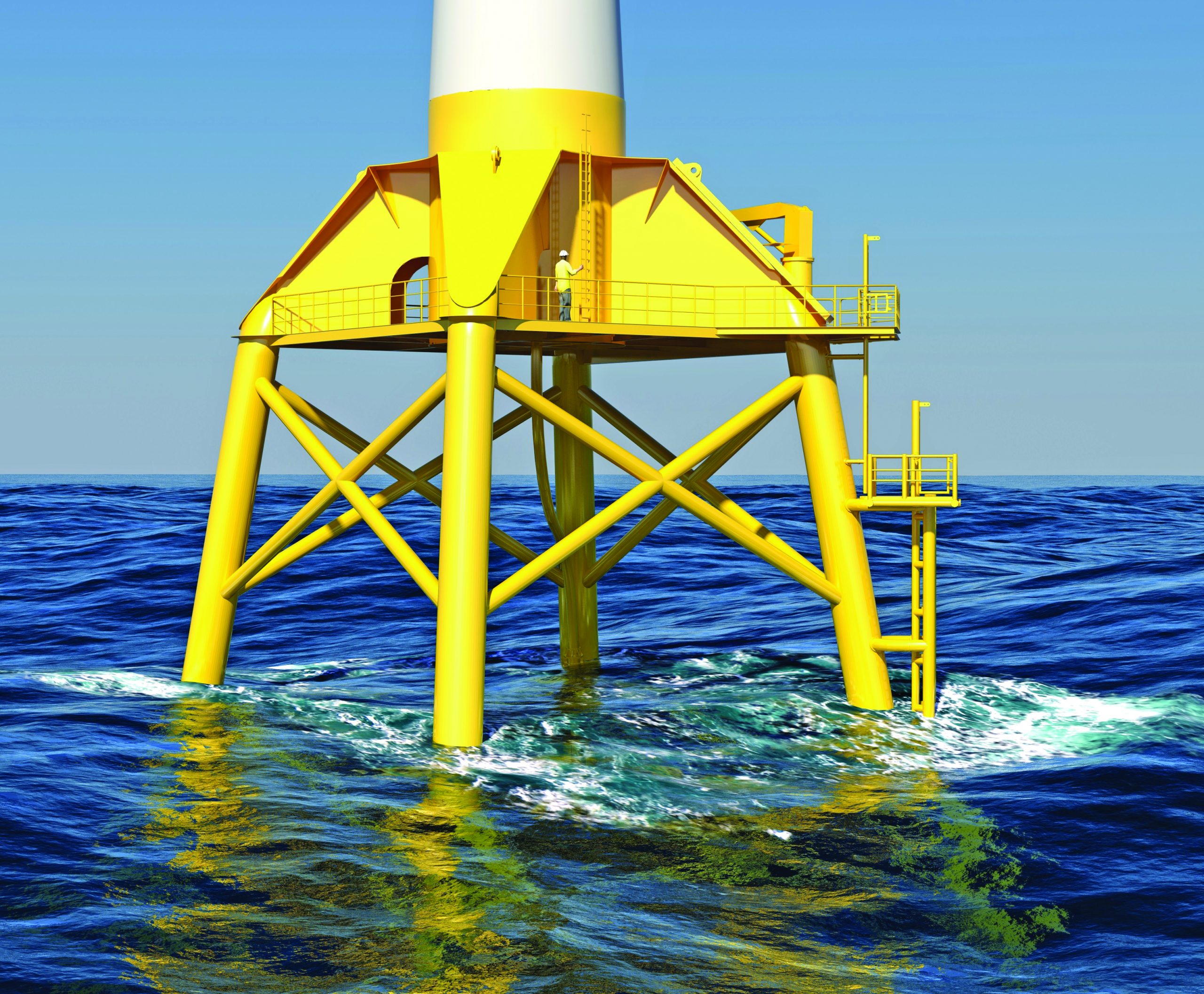
Working with Clients
That also means being able to listen to clients and work with them because each project ends up being unique in some respects, no matter how similar the setup may appear, according to Matzat.
“It’s really just listening to them as opposed to trying to sell them a canned solution, to understand exactly what they need for a particular project and customize what we are doing for them to achieve that,” he said. “In those initial stages, when we’re reaching out to people, it’s just to understand. And everyone is different. They don’t all come and ask for the same thing. A foundation is not just a foundation. Everybody has their own requirements on how they like to see things and what they like to do. And it could be because they’ve built several other wind farms, and, therefore, that’s how they see it. Or it could be that they’d like to try to look to improve on certain areas. We just focus on each of those goals for each client.”
More than 90 Years of Experience
COWI, pronounced “COH-vee,” was formed in 1930 by Christen Ostenfeld. He later partnered with Wriborg Jønson. The company has an extensive history of designing heavy infrastructure such as major suspension bridges, and that was the company’s trademark before moving into more multidisciplinary sectors in Europe, eventually taking it to the U.S. in the late 1980s, according to Dahlgren. However, COWI entered the wind sector a few years after the first multi-megawatt turbine was erected in Denmark in the late 1970s.
“COWI actually, soon after that, around 1980, got involved in the wind-energy business,” he said. “It was mostly onshore in the beginning. It was not until it was some nearshore and other projects around 2000 when it started to take off at different levels. But we got involved in the first big offshore wind farms in Europe and then it spread from Scandinavia to Northern Europe to the rest of Europe and Asia, where we are also active, and then, finally, here in the U.S. So, it’s been a long journey.”
The Journey Continues
And for COWI, that journey shows no signs of slowing down as the renewable energy goals for many countries have been pushed into high gear. Over the last 20 years, there has been about 30 to 35 GW of offshore worldwide, and the U.S. wants to match that in half the time, according to Dahlgren.
“The U.S. wants to put 30-plus GW of wind in the water, so they’re coming really from zero and want to put as much out in the East Coast as actually exists in the world today,” he said. “It’s quite an ambitious plan here in the U.S. Of course, they will put in more, as will the rest of the world at the same time.”
And, taking as an example, COWI’s Empire Wind project, at 2 GW, that’s the equivalent of a nuclear power plant, as far as the energy produced, according to Matzat.
“It’s a huge amount of power when you think about it,” he said. “If you take New York’s and New Jersey’s goals together, just those two, that’s 9,000 and 7,500 MW. That equals 16,500 MW. That’s basically eight nuclear power plants. And then add in the rest of the Northeast, and it’s double that. These are big projects, and there’s a lot of it going on. We’ll be busy for a while, as will this whole industry.”
And even though COWI expects to be very busy in the coming years, it’s important for Dahlgren to emphasize the company’s overall philosophy when it comes to tackling future challenges. “Certainly, being part of that journey, if you will, is key for us,” he said. “We want to help create a lot of renewable energy. That’s very important to us as a company.”
More info www.cowi.com



















